Amazing discoveries and experiences await you in every issue of National Geographic magazine. The latest news in science, exploration, and culture will open your eyes to the world’s many wonders.
FROM THE EDITOR
NATIONAL GEOGRAPHIC EXPLORERS • These contributors have received funding from the National Geographic Society, which is committed to illuminating and protecting the wonder of our world.
A REAL BUG’S LIFE • LOOKING AT THE EARTH FROM EVERY POSSIBLE ANGLE
For the Next Pandemic • COVID-19 HAS TAKEN AND UPENDED LIVES. IT’S ALSO DELIVERED CRUCIAL LESSONS THAT CAN HELP US NAVIGATE A FUTURE OUTBREAK.
LISTEN TO AN ECLIPSE • ASTRONOMERS GIVE VISUALLY IMPAIRED PEOPLE A NOVEL WAY TO EXPERIENCE THE CELESTIAL EVENT.
DISPATCHES FROM THE FRONT LINES OF SCIENCE AND INNOVATION
A whale of a trip
A FRIGID JOURNEY TO PROBE THE PLANET’S FUTURE
ARMOR FIT FOR ANIMALS
FERNANDO TRUJILLO
From Bridge to Buzz • AUSTRALIA TURNED A PIECE OF INFRASTRUCTURE INTO AN UNLIKELY TOURIST ATTRACTION—AND INSPIRED THE RISE OF URBAN ADVENTURES.
FEATURES
THE GLASS AGE WHERE GLASS BENDS AND GLASS BOUNCES • THE MODERN WORLD RUNS ON GLASS, A MATERIAL THAT HAS BECOME ESSENTIAL TO HUMANITY.
LOOKING BACK
REVEALING HISTORY • Archaeological evidence suggests that organized glass production began in the Middle East and Mediterranean region over 35 centuries ago as an alternative to ceramics. From the earliest iterations of glass as small, opaque, colorful beads and other adornments to today’s cell phone screens, fiber-optic cables, and next-generation telescopes, glass continues to advance.
AT GLASS • Historians remain unsure about the exact origins of human-made glass, but it’s clear that by around 4,500 years ago, people were melting basic ingredients to create the lustrous material. Ever since, cultures have developed new types, improved manufacturing methods, and found innovative uses, making glass a central part of daily life.
Where the Forest Springs Eternal • Seasonal rains fill small, watery oases called vernal pools that deliver a crucial burst of life. Then they vanish—until it’s time for the annual cycle to begin again.
Teeming With Tiny Life • Vernal pools, from the Latin word for “spring,” are small bodies of ephemeral waters, formed in shallow depressions and bursting with life soon after snowmelt or spring rains. Found across the U.S. and in many parts of the world, these ecosystems are dynamic and seasonal. As a pool dries, many of its animals migrate far into surrounding forests—if not obstructed by human development—and return the next year when the pool fills once more.
Bringing Them Home • WHEN CHILDREN FACE LIFE-THREATENING DIAGNOSES, THE GOAL IS CLEAR: PUT FAMILY FIRST.
BORNEO’S WILD GREEN HEART • GUNUNG PALUNG BEGAN AS A REMOTE INDONESIAN FOREST RESERVE. TODAY IT’S GROWN INTO A SPRAWLING NATIONAL PARK THAT PROTECTS SOME OF THE WORLD’S MOST BIODIVERSE RAINFORESTS AND THE CREATURES THAT CALL THEM HOME.
A REFUGE OF INTACT FOREST • Starting in 1937, authorities began setting aside the first tracts of lush equatorial rainforest that would later form Borneo’s Gunung Palung National Park. Today, even as human development has swelled around it, the 417-square-mile area holds some of Southeast Asia’s most intact lowland rainforests. Along with local communities and scientists, the Indonesian government has worked to conserve this biodiverse region, home to soaring trees, extraordinary flowers, and endangered animals such as orangutans, helmeted hornbills, and proboscis monkeys.
ON THIN ICE • SCIENTIST TURNED PHOTOGRAPHER JENNIFER HAYES HAS BEEN DOCUMENTING HARP SEAL BIRTHS IN THE NORTHWEST ATLANTIC FOR MORE THAN A DECADE. IN THIS ESSAY, SHE REFLECTS ON THE PUPS’ BATTLE FOR...
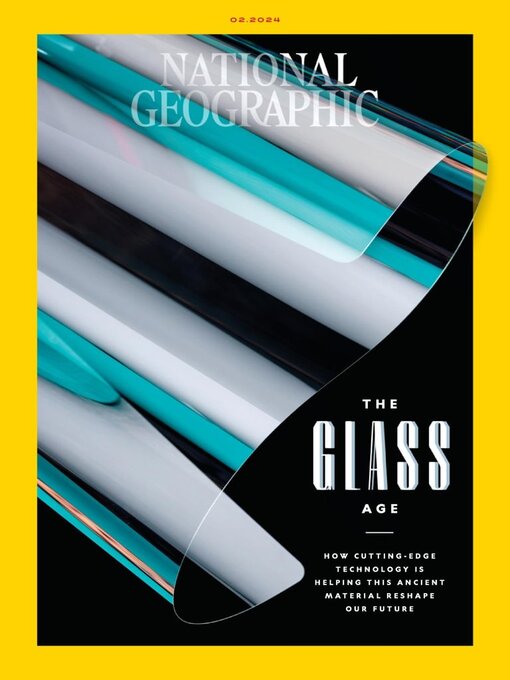
 Nov 01 2024
Nov 01 2024
 Oct 01 2024
Oct 01 2024
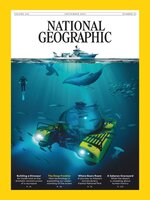 Sep 01 2024
Sep 01 2024
 Aug 01 2024
Aug 01 2024
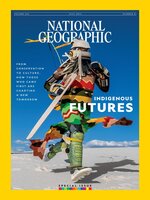 Jul 01 2024
Jul 01 2024
 Jun 01 2024
Jun 01 2024
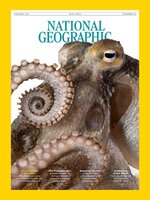 May 01 2024
May 01 2024
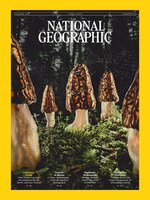 Apr 01 2024
Apr 01 2024
 Mar 01 2024
Mar 01 2024
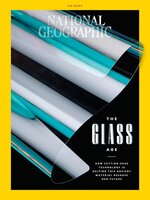 Feb 01 2024
Feb 01 2024
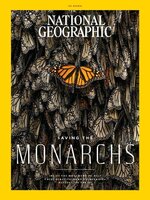 Jan 01 2024
Jan 01 2024
 Dec 01 2023
Dec 01 2023
 Nov 01 2023
Nov 01 2023
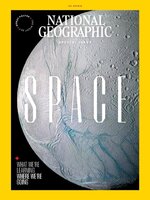 Oct 01 2023
Oct 01 2023
 Sep 01 2023
Sep 01 2023
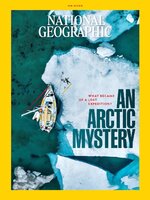 Aug 01 2023
Aug 01 2023
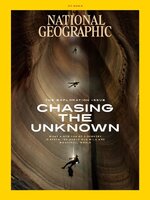 Jul 01 2023
Jul 01 2023
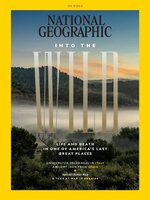 Jun 01 2023
Jun 01 2023
 May 01 2023
May 01 2023
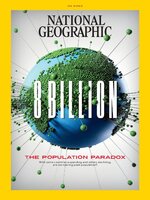 Apr 01 2023
Apr 01 2023
 Mar 01 2023
Mar 01 2023
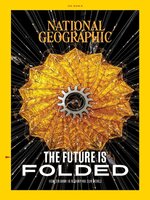 Feb 01 2023
Feb 01 2023
 Jan 01 2023
Jan 01 2023
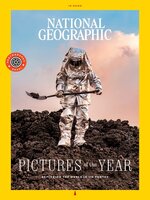 Dec 01 2022
Dec 01 2022
